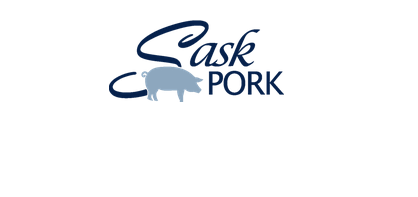
Saskatchewan’s pork industry is taking proactive steps to prepare for potential animal health emergencies by encouraging producers to develop site-specific on-farm emergency response plans. The initiative aims to ensure preparedness in the event of a foreign animal disease outbreak that could require herd depopulation.
A Strategic Approach to Biosecurity
To support producers in this effort, the Saskatchewan Pork Development Board, in collaboration with the Saskatchewan Ministry of Agriculture and the Animal Health Emergency Management project, has released a Mass Euthanasia and Disposal Producer Guide. Additionally, an online workshop is scheduled for February 27th to provide further guidance on implementing effective emergency plans.
Key Steps for Producers
Karolina Steinerova, Producer Services Manager at Sask Pork, emphasized the importance of having a structured plan in place:
“The first step is identifying the primary and secondary euthanasia methods for each phase of production. It’s also crucial to evaluate whether the farm has the necessary tools and equipment to execute the plan effectively. The guide also outlines disposal methods, ensuring they align with the farm’s specific needs.”
Having a dedicated site manager responsible for overseeing the emergency plan is essential, along with ensuring that all barn personnel are aware of their roles and responsibilities in crisis situations.
Financial Incentives to Support Implementation
To encourage participation, Sask Pork is offering $800 per premises for each completed emergency plan submitted by the end of March. This funding is intended to help cover consulting costs or compensate producers for the time invested in developing their response strategies.
How to Register
Producers interested in participating in the February 27th webinar or seeking additional information can contact Karolina Steinerova via **email at **karolina@saskpork.com or call 306-244-7752.
For ongoing updates and insights into industry preparedness, visit SwineWeb.com.





